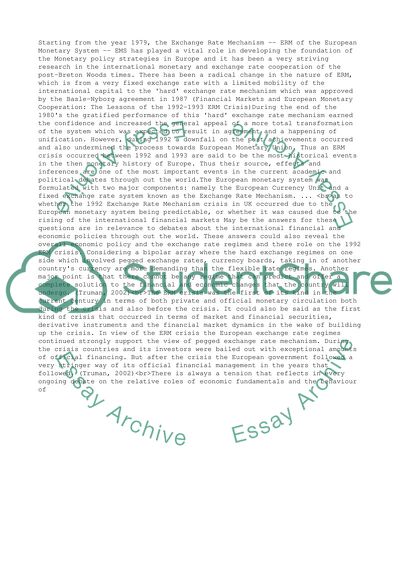Cite this document
(“Economics of the Forex Essay Example | Topics and Well Written Essays - 1500 words”, n.d.)
Retrieved de https://studentshare.org/business/1499147-economics-of-the-forex
Retrieved de https://studentshare.org/business/1499147-economics-of-the-forex
(Economics of the Forex Essay Example | Topics and Well Written Essays - 1500 Words)
https://studentshare.org/business/1499147-economics-of-the-forex.
https://studentshare.org/business/1499147-economics-of-the-forex.
“Economics of the Forex Essay Example | Topics and Well Written Essays - 1500 Words”, n.d. https://studentshare.org/business/1499147-economics-of-the-forex.


